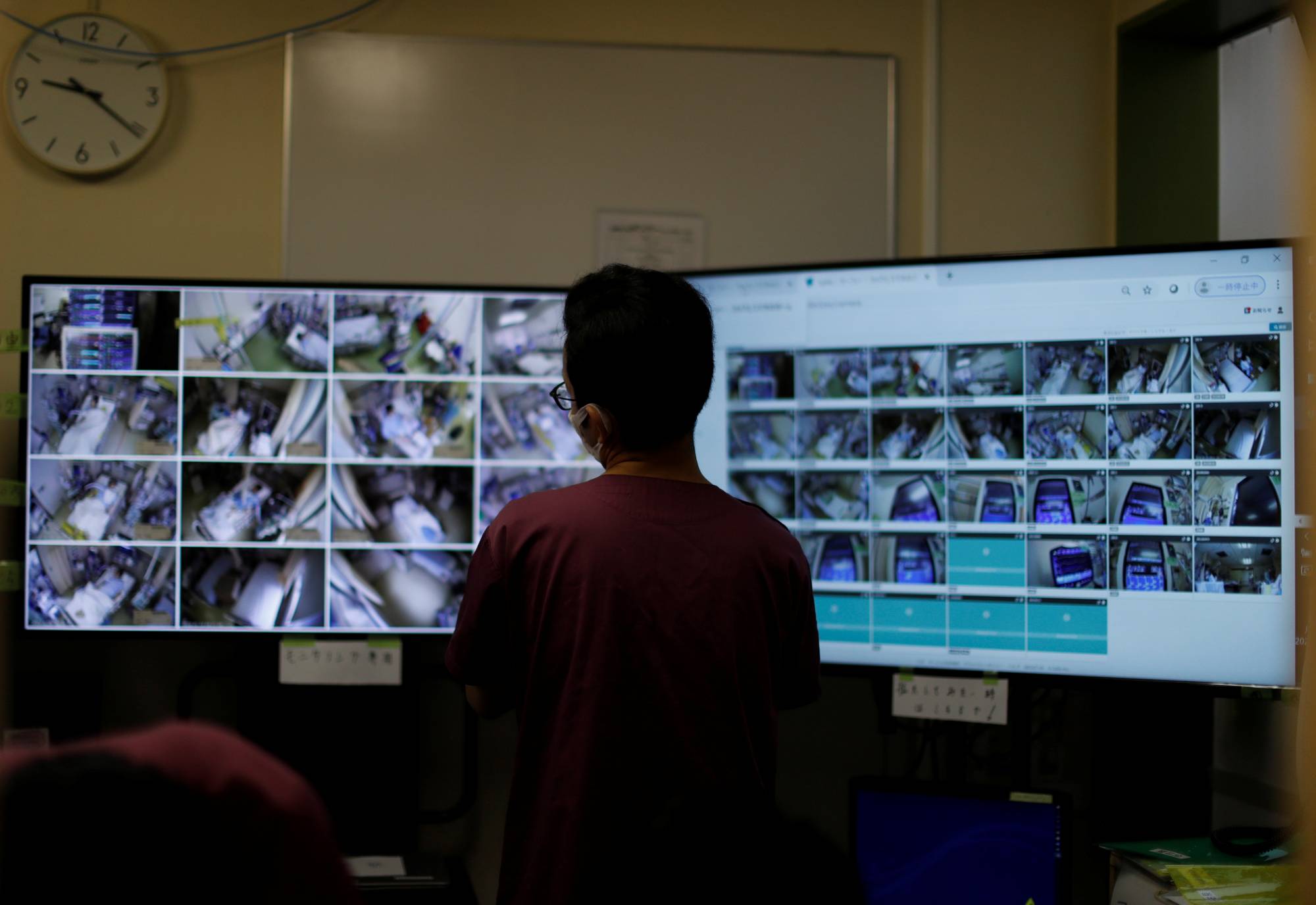As we enter the second month in a state of emergency, the COVID-19 crisis has exposed the fragility of Japan's health care system. Its capacity has been strained to the brink of breaking down amid the surge of infections and patients with grave symptoms. The government needs to learn from the current pandemic to reassess the state of the nation's medical services and rebuild their resiliency to crises.
Figures show that the increase in coronavirus infections nationwide is slowing — after apparently hitting a peak in mid-April — since the government declared the state of emergency a month ago. The call went out for people to maintain social distancing and stay home as much as possible, and for stores to shut down or curb their business hours. Nonetheless, experts have determined that the rate of new cases has not declined as fast as expected, and the government decided to maintain its request that social and economic activities remain curtailed through the end of May, though it left the door open to lifting the restrictions sooner if the situation is deemed to have improved.
A key reason cited in maintaining the state of emergency is fear of the medical system breaking down if COVID-19 cases were to continue increasing. Even with the recent slowdown in infections, new cases still outnumber patients recovering from the illness caused by the virus. Concern that the health care system could be overwhelmed is even greater in rural parts of the country, where the infrastructure is much more fragile.


















With your current subscription plan you can comment on stories. However, before writing your first comment, please create a display name in the Profile section of your subscriber account page.